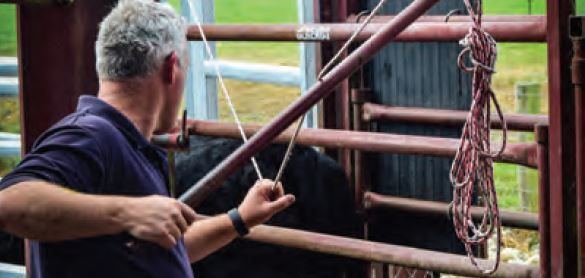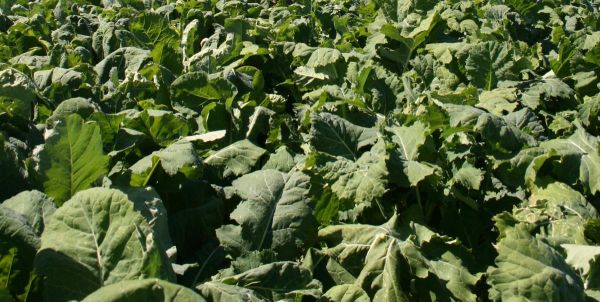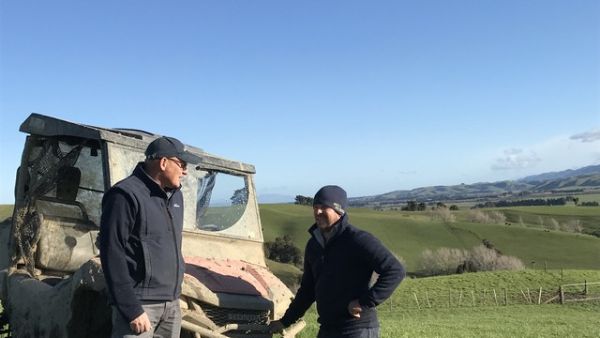Flexible Spitfire Feed
Spitfire rape
With soft stems, excellent re-growth potential and aphid tolerance, Spitfire provides a package of both forage quality and yield for reliable summer feed.
Spring 2016 saw Richie sow a 9 ha mix of 3 kg/ha Spitfire forage rape and 15 kg/ha of superstrike treated Asset AR37 Italian ryegrass. Generally, Richie uses a mix rather than straight rape to remove a spring re-establishment phase for an Italian pasture. “If we have to go for a spring re-establishment, it kills half our spring!” Richie explains.
He finds spring pasture establishment too late as the property (with 1300mm average annual rainfall) is on heavy, imperfectly drained clay based soils. By removing the spring re-establishment phase, he has no downtime for feed coming into the spring for lambing. The rapid cool season growth of Asset allows good covers for set stocking to be built, which is crucial for lambing.
Richie achieved 4 grazings off his Spitfire/ Asset mix, stocking around 40-50 lambs/ha for the first 2 grazings, and around 30/ha for the 3rd. He achieved good utilisation of his crop and was happy with his lamb live weight gains of consistently achieving around 250 g/day. Richie sees the Spitfire rape utilisation in a class of its own. Gavin Harris PGG Wrightson Masterton TFR, agrees with Richie’s comments. “Growing a good crop is one thing, utilising it is another! Spitfire has shown both of these exceptionally well,” says Gavin.
Richie’s first grazing was typical for such a mix, with the 5 - 6 T DM/ha being rape dominant. Subsequent grazings were around 4 T DM/ha, with the proportion of rape decreasing from 90% to 70% to 50%, with an increasing Asset content. Planting his Spitfire crop with high rates of fertiliser down the spout has proven key to the crops success. He also followed the 3rd grazing, with 100 kg/ha of Urea applied to the paddock and was still able to achieve another 4 tonne grazing made up of around 50% rape and 50 % grass.
“We can count on Spitfire to defer spring feed into the summer consistently, belt it with urea and reap a significant winter grazing” says Richie, who used 50 – 60 dry hoggets/ha for the 4th grazing in the winter. The crop allowed him to get them off the hill and to build covers for set stocking over lambing.
Sowing date and grazing management can impact yield potential, and the number of grazings. While this past year Richie achieved 4 grazings, a drier summer may have resulted in the need for a harder grazing which could have reduced the number of grazings.
Spitfire is a relatively short maturing variety (approx. 90 days, 13 – 14 weeks depending on the season) and while lambs are often the target stock class, Spitfire can also be grown for cattle, including use as a single-graze crop for dairy cows. If using cattle for grazing, plan for one graze only or ensure that other species are added for continued quality feed.

Back to case studies
Case studies

